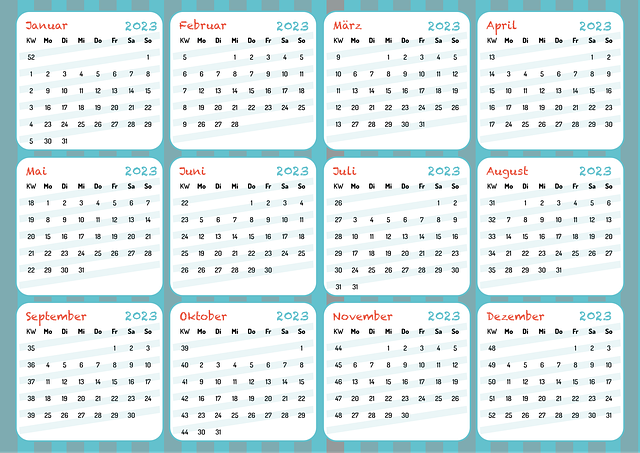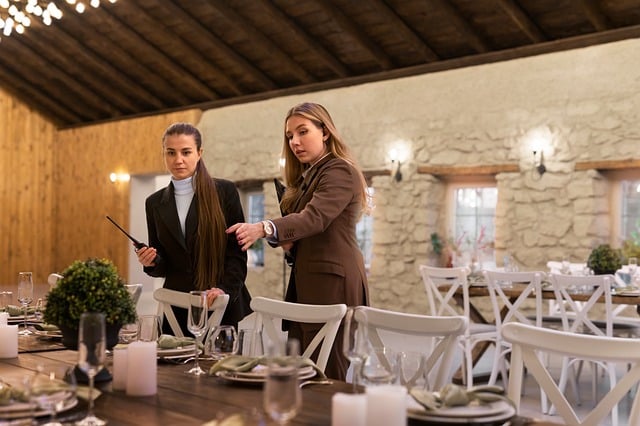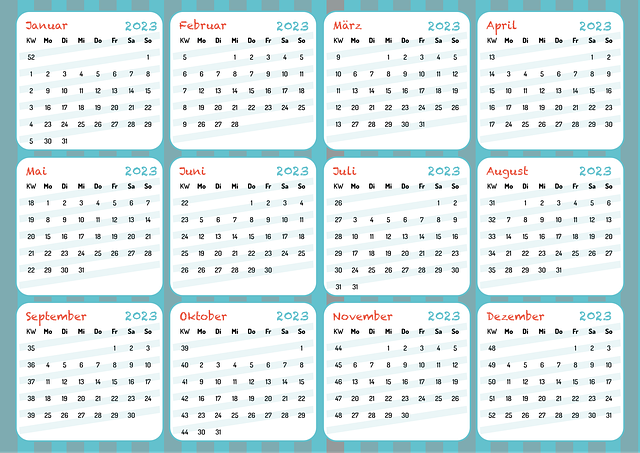Before planning a local business networking event, define your target audience (entrepreneurs, owners, influencers) and set clear objectives (leads, partnerships, insights). Choose a suitable location and time, considering accessibility and local trends. Create compelling invitations using SEO keywords, promoting through diverse channels for maximum reach. Engage attendees with interactive activities to foster networking and build relationships. Follow up post-event through personalized communication to cultivate lasting partnerships.
Efficiently planned networking events are a game-changer for local businesses looking to thrive. This article guides you through every step of event planning, from defining your target audience and setting clear objectives to choosing an engaging location and promoting your event. Learn how to craft compelling invitations, design interactive activities, and measure success with effective follow-up strategies. Maximize your network’s potential and watch your business flourish in the local landscape.
- Define Your Target Audience and Objectives
- Choose an Engaging Location and Timing
- Craft Compelling Invitations and Promotions
- Design Interactive Activities and Icebreakers
- Measure Success with Follow-Up Strategies
Define Your Target Audience and Objectives

Before planning any networking event, it’s crucial to define your target audience and objectives. When focusing on event planning for local businesses, understanding who you want to attract is key. Your target audience could include local entrepreneurs, business owners, industry influencers, or decision-makers from specific sectors within the community. Each group brings unique insights and connections, so tailor your event to their interests and needs.
For instance, if targeting entrepreneurs, create an environment that fosters collaboration and innovation. Offer workshops or panel discussions on relevant business topics. Conversely, if inviting industry leaders, organize a more formal gathering with structured networking breaks to facilitate meaningful conversations. Setting clear objectives—be it generating new leads, fostering partnerships, or sharing industry insights—ensures your event aligns with both the audience’s expectations and your goals for successful local business networking.
Choose an Engaging Location and Timing

When planning networking events for local businesses, choosing the right location and timing is paramount. An engaging venue that fosters conversation and collaboration can significantly enhance the event’s success. Consider spaces that offer a mix of formal and casual settings, like cozy lounges or well-lit outdoor areas, to cater to different preferences and encourage mingling. The timing should also be strategic; hosting events during off-peak hours or on weekdays when work commitments are lower can attract a larger turnout from local business owners and professionals.
Opting for locations with easy accessibility, ample parking, or nearby public transport ensures that guests face fewer logistical hurdles. Additionally, aligning the event with local business trends or seasonal changes can create a unique selling point. For instance, organizing an event during a city-wide festival or a popular local market can draw in a diverse crowd and generate buzz among participating businesses.
Craft Compelling Invitations and Promotions

Crafting compelling invitations and promotions is a crucial aspect of successful event planning, especially for local businesses looking to maximize their networking potential. Go beyond the basics by creating visually appealing designs that capture the essence of your event while incorporating SEO keywords related to event planning for local businesses. Highlight the benefits attendees will gain, such as connecting with like-minded professionals or discovering new business opportunities.
Use a mix of digital and traditional promotional channels to reach a wider audience. Leverage social media platforms, email marketing, and local business directories to spread the word effectively. Offer early bird discounts or exclusive offers to encourage timely registrations, fostering a sense of urgency and exclusivity that drives attendance.
Design Interactive Activities and Icebreakers

Engaging interactive activities and icebreakers are essential components of successful event planning, especially for local businesses looking to network efficiently. These activities break the ice, encouraging attendees to mingle and connect beyond initial introductions. For instance, consider hosting a speed-networking session where participants rotate every few minutes, allowing them to engage with diverse individuals in a concise timeframe. Alternatively, team-building games or industry-specific quizzes can foster collaboration and stimulate conversations around shared interests and challenges.
By incorporating these interactive elements, event planners create an environment that promotes organic networking. Such activities ensure that local business owners and professionals actively participate, leading to meaningful connections and potential partnerships. This approach enhances the overall experience, making your event memorable and valuable for all involved parties in the local business community.
Measure Success with Follow-Up Strategies

Measuring success after a networking event is crucial for any local business looking to optimize their planning strategies. It’s not just about turning up and shaking hands; effective follow-up can turn fleeting connections into lasting partnerships.
Implementing structured follow-up strategies post-event is key. This could involve personalized emails, social media messages, or even old-fashioned phone calls, focusing on building relationships rather than simply promoting products. By staying top of mind with your new contacts, you create opportunities for deeper engagement, fostering a genuine connection that event planning for local businesses should strive to achieve.
Efficient networking events are a powerful tool for local businesses to thrive. By defining your target audience, selecting the right location and timing, crafting compelling invitations, designing interactive activities, and following up successfully, you can create an engaging environment that fosters meaningful connections. These strategies, detailed in this guide, are essential components of successful event planning for local businesses looking to grow and build valuable partnerships within their community.



